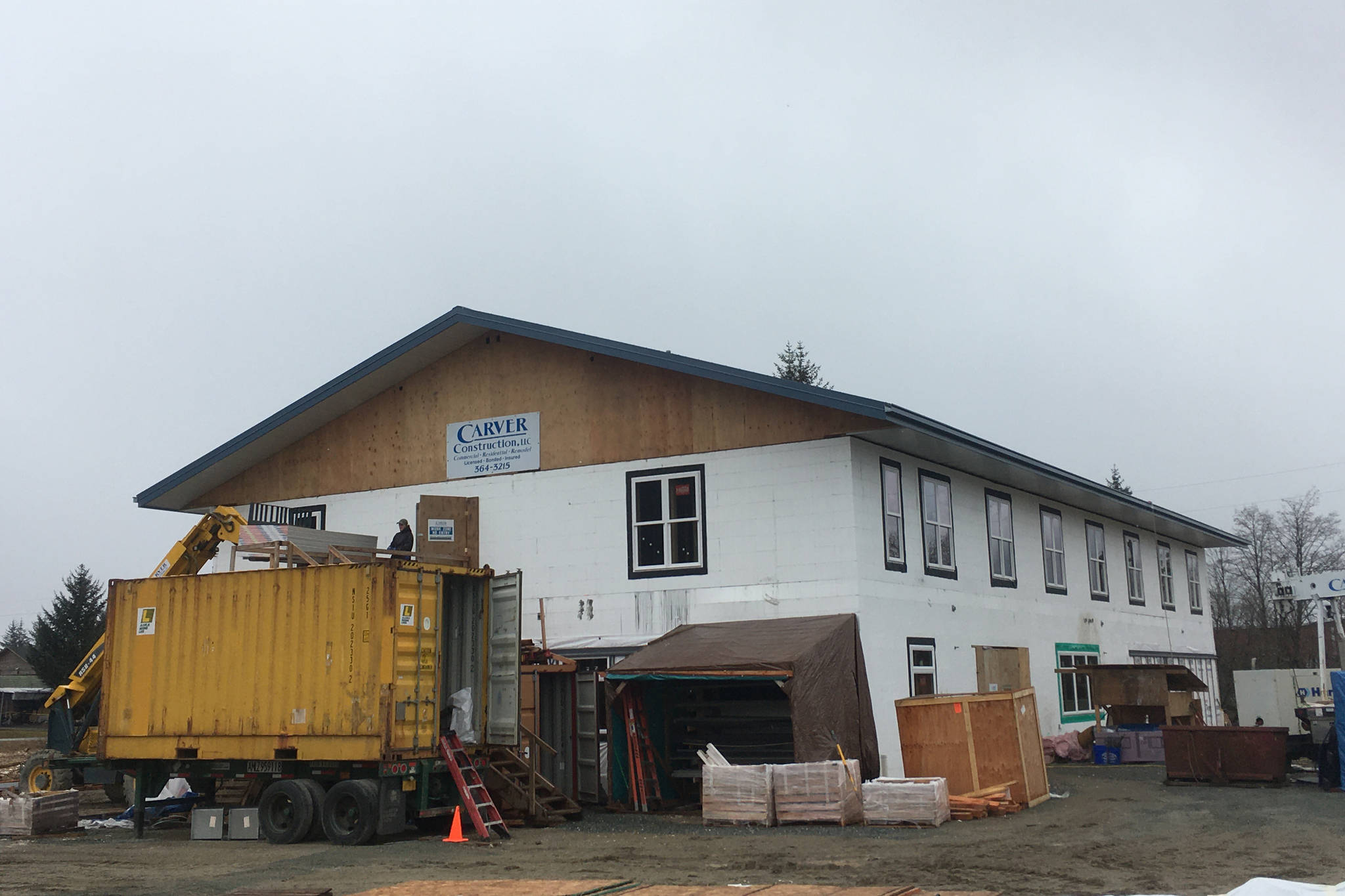Homelessness in Alaska was up more than 2% from 2019 to 2020, at the same rate as the rest of the country, according to the Department of Housing and Urban Development.
But on a longer scale, looking at the earliest data available, from 2007, while the national rate of homelessness as a whole has gone down 10.3%, Alaska’s has gone up more than 18%.
Juneau’s point-in-time count, a snapshot of the last year, shows 244 Juneau residents experiencing homelessness, said CBJ’s housing head Scott Ciambor, in a phone interview. Nine agencies whose work touches on homelessness — AWARE, Bartlett Regional Hospital, Capital City Fire/Rescue, City and Borough of Juneau, Gastineau Human Services, Glory Hall, Housing First, St. Vincent de Paul and Zach Gordon Youth Center — report when someone uses their services to the Homeless Management Information System.
Each HMIS is managed by a Continuum of Care, a regional HUD program dedicated to ending homelessness by promoting efficiency of effort, minimizing trauma and dislocation, and promoting access to programs and housing for those experiencing homelessness.
[Without a vaccine mandate exemptions are untested]
Homelessness has increased nationwide for four years, according to the HUD report. This year marks the first time that more people experiencing homelessness were unsheltered than sheltered, as well. Nationally, African Americans, Alaska Natives and Native Americans were far overrepresented in the population experiencing homelessness, according to HUD data.
In Juneau, the portion of the homeless population identified as Black or African American was relatively small, at 3%, but the percentage of the homeless population identified as Alaska Native or American Indian was the largest single demographic group, at more than 38%. By contrast, the percentage of white people experiencing homelessness was slightly more than 32%. According to the U.S. Census, white people make up more than 68% of the population, while those identifying as Alaska Native or American Indian were only 12% of the population. Black or African American residents made up only 1.5% of Juneau’s population.
The pandemic impacted things considerably, Ciambor said, shaking up existing programs in 2020 as organizations adjusted to a new climate of mitigation and distancing.
“COVID made a lot of transitions in programming and added a whole lot of extra precautions to monitoring: testing and protocols and social distancing and vaccines, now,” Ciambor said. “As the vaccine started coming into the community, that’s a game changer for every part of the population.”
About 75 of the homeless population in Juneau have been vaccinated so far, Ciambor said.
“The community providers have done an unbelievable job to make improvements to the system despite the COVID.” Ciambor said. “There’s so much going on that it’s hard to highlight.”
The city and care providers have adapted to trends that have appeared during the pandemic, Ciambor said. For example, CCFR and JPD personnel noticed more people sleeping in cars, so they stepped up outreach on the street, coordinated through Jesse Perry, CBJ’s housing and homeless services coordinator.
As the weather warms, the city will reopen the Thane Campground soon, with a meeting on the reopening slated for next week, Ciambor said. The new Glory Hall is also on track to open on July 1, said executive director Mariya Lovishchuk in a phone interview. The date is set to coincide with the end of the shelter contract with SVDP, which expires on June 30.
• Contact reporter Michael S. Lockett at (757) 621-1197 or mlockett@juneauempire.com.

